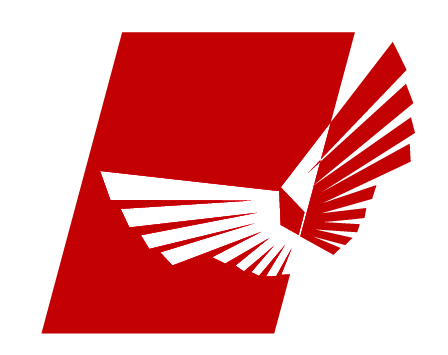There are many dangers to the health and safety of workers engaged in welding activities. Hazards arising not only from chemical hazards, but also from risks related to physical agents such as noise, vibration and ionizing radiation.
Regarding the consequences on the eyes, in case of deficient protective measures, one can have corneal lesions when the electric arc and the welding flame produce optical radiation in the field of infrared up to ultraviolet. And, in this case, risk is also for people who are nearby. In addition, the infrared irradiation of the Weld can cause the so-called “cataract of the glaziers” and the alterations associated with the heat. Further eye injuries can be caused by gases, fumes, particulate matter, sparks, etc.. which directly affect unprotected eyes and cause irritation and burns.
Eye protection (helmet or screen) must shield both ultraviolet rays, and radiation in the visible and infrared spectrum. Choosing the degree of darkening (also called DIN) of your welding screen, or even interchangeable glasses for welding masks, is not at all obvious.
How can a novice welder choose the correct darkening without the risk of harming his own health by making serious and irreparable mistakes?
It’s very simple: with the following table! There are two axes: the vertical axis determines the welding process used, while the horizontal axis determines the amps. You will understand how many DIN you will need to set your screen, or which slide you will need to mount on your mask, at the intersection of the two axes.
A few tips and recommendations before buying
Passive filter masks consist of colored glass classified according to the grades of a DIN scale. Active filter masks (also called Automatic masks) consist of a visor that automatically colors when the bow is struck. And for greater comfort, the size of the field of view is not to be underestimated. Helmet welding masks are safe, provide better comfort and leave both hands free to weld.
____________________________________________________________________________________________________
Sono molti i pericoli per la salute e la sicurezza dei lavoratori impegnati in attività di saldatura. Pericoli che derivano non solo dai rischi chimici, ma anche dai rischi relativi agli agenti fisici come ad esempio rumori, vibrazioni e radiazioni ionizzanti.
Riguardo alle conseguenze sugli occhi, in caso di misure di protezioni carenti, si possono avere lesioni corneali quando l’arco elettrico e la fiamma di saldatura producono radiazioni ottiche nel campo dell’infrarosso fino all’ultravioletto. E, in questo caso, a rischio non è il solo saldatore, ma anche le persone che si trovano nelle vicinanze. Inoltre l’irradiazione infrarossa della saldatura può causare la cosiddetta «cataratta dei vetrai» e delle alterazioni associate al calore. Ulteriori lesioni degli occhi possono essere causate da gas, fumi, particolato, scintille, ecc.. che colpiscono direttamente gli occhi non protetti e provocano irritazioni e ustioni.
Le protezioni per gli occhi (casco o schermo) devono schermare sia i raggi ultravioletti, sia le radiazioni nello spettro visibile e infrarosso. Scegliere il grado di oscuramento (detto anche DIN) del proprio schermo di saldatura, o anche dei vetri intercambiabili per maschere da saldatore, non è per niente scontato.
Come può un saldatore alle prime armi scegliere l’oscuramento corretto senza il rischio di nuocere alla propria salute facendo gravi ed irreparabili errori?
E’ molto semplice:Â con seguente tabella sopra riportata! Ci sono due assi: l’asse verticale determina il processo di saldatura utilizzato, mentre l’asse orizzontale gli ampere. Comprenderai a quanti DIN dovrai impostare il tuo schermo, o quale vetrino dovrai montare sulla tua maschera, all’incrocio tra i due assi.
Alcuni consigli e raccomandazioni prima dell’acquisto
Le maschere a filtri passivi sono costituite da un vetro colorato classificato secondo i gradi di una scala DIN. Le maschere a filtri attivi (chiamate anche maschere automatiche) sono costituite da una visiera che si colora automaticamente allo scoccare dell’arco. E per un maggiore comfort, la dimensione del campo visivo non è da sottovalutare. Le maschere da saldatura a casco sono sicure, offrono un comfort migliore e lasciano libere entrambe le mani per saldare.



